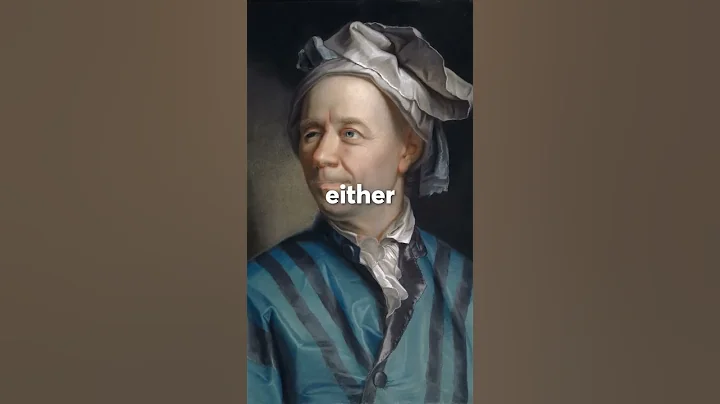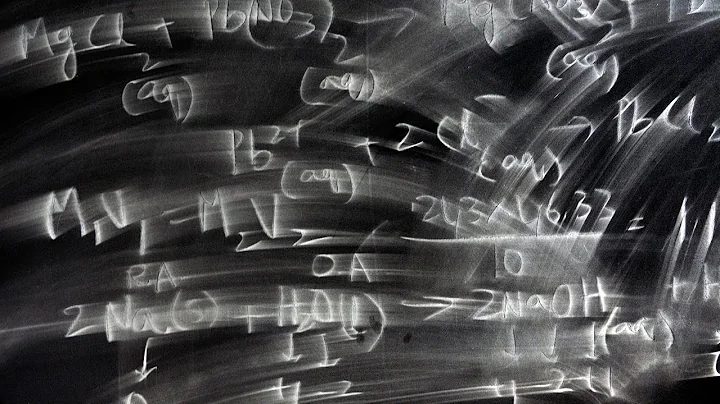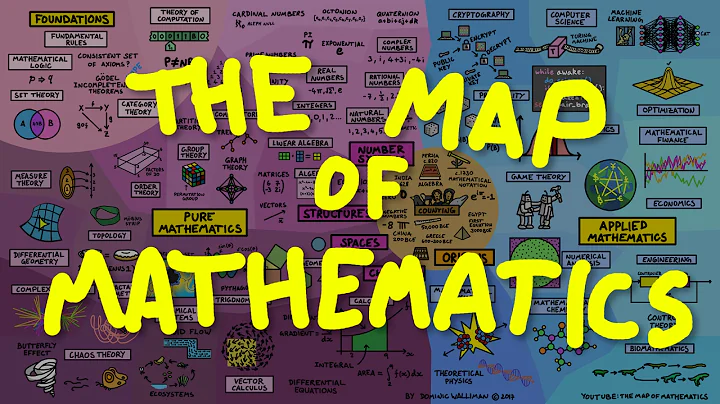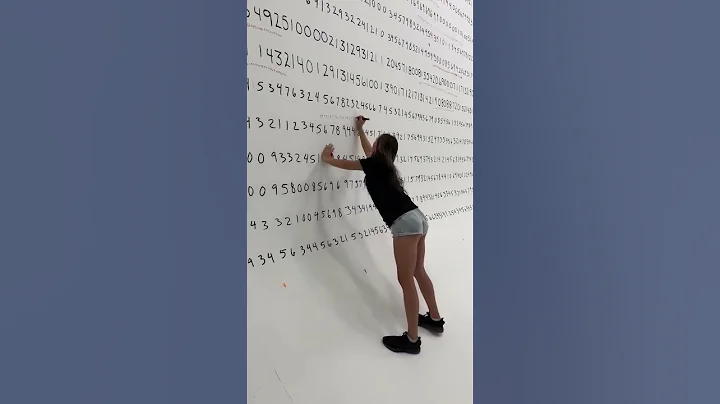Classic Question 6: In the circuit shown in Figure A below, the three lamps are connected in a ( ) connection.

1 Method introduction: Before formally analyzing this question, first learn a method of analyzing circuits-the node method.
1.1 Definition of node: The intersection of three or more branches in a circuit is called a node.
1.2 The definition of node method: The method of making equivalent circuit with the help of standardization of node arrangement is called node method. The node method is a method to quickly simplify and change non-standard circuits into standardized circuits.
1.3 Specific method: If there are no electrical appliances (switches, except ammeter ) on the wire (between nodes), then each point on the wire can be regarded as a point, which can be combined, separated, increased or decreased at will.
2 parses
2.1 to find nodes. According to the definition of nodes, we can easily find the several nodes shown above from the original circuit diagram.

2.2 Node numbering. When numbering, please note that starting from the positive pole (or negative pole) of the power supply, the first node is numbered 1, and the negative pole (or positive pole) is numbered the last number. If it is found that there is a wire or ammeter connection between two nodes, then the two nodes are numbered with the same number. As shown in the figure below:

2.3 Analysis nodes: As shown in the figure above, nodes a and b, c and d are only connected by wires, so they can be regarded as the same points a and c respectively, and point a is connected to the positive pole of the power supply. , point c is connected to the negative pole of the power supply. The circuit diagram is transformed into:

That is to say, L1, L2, and L3 are connected between points a and c. The equivalent circuit diagram is as follows:

It can be seen from the figure that the three lamps L1, L2, and L3 are connected in parallel.
Summary: No matter how long the wire is, as long as there is no electrical appliance or power supply between the wires, both ends of the wire can be regarded as the same point.





















